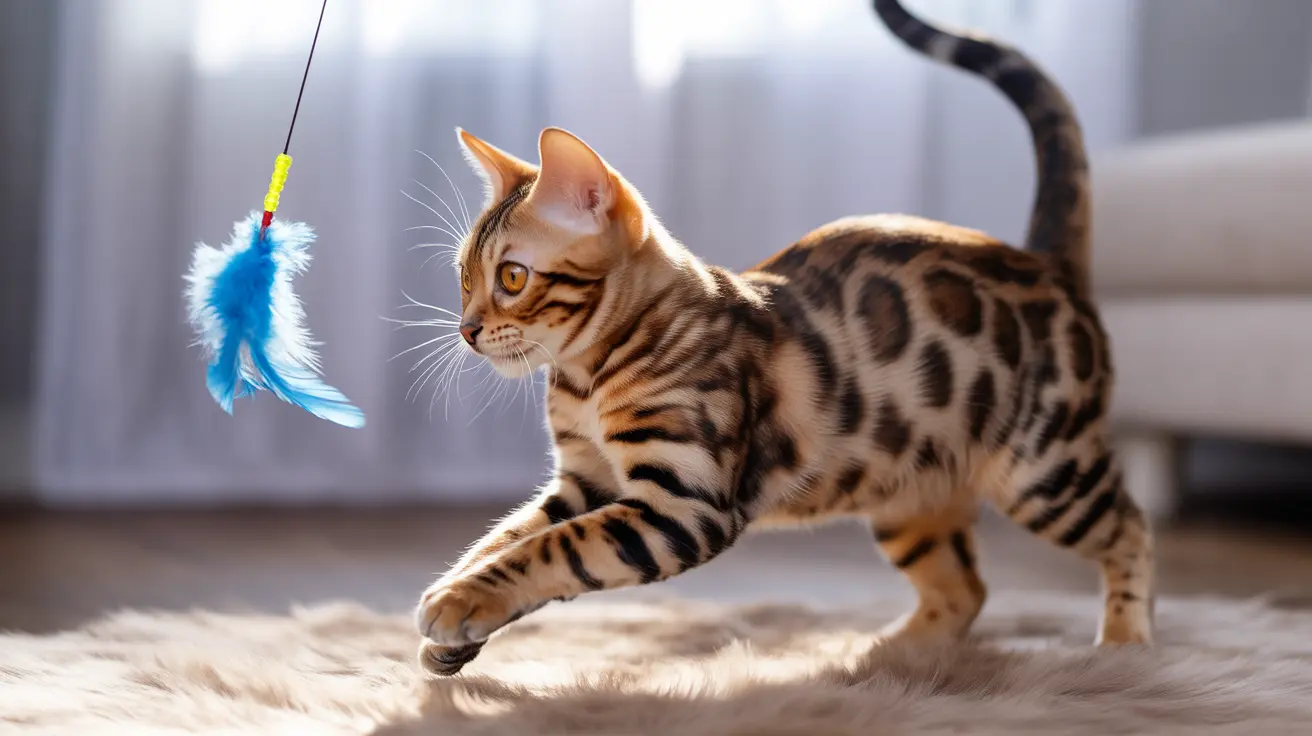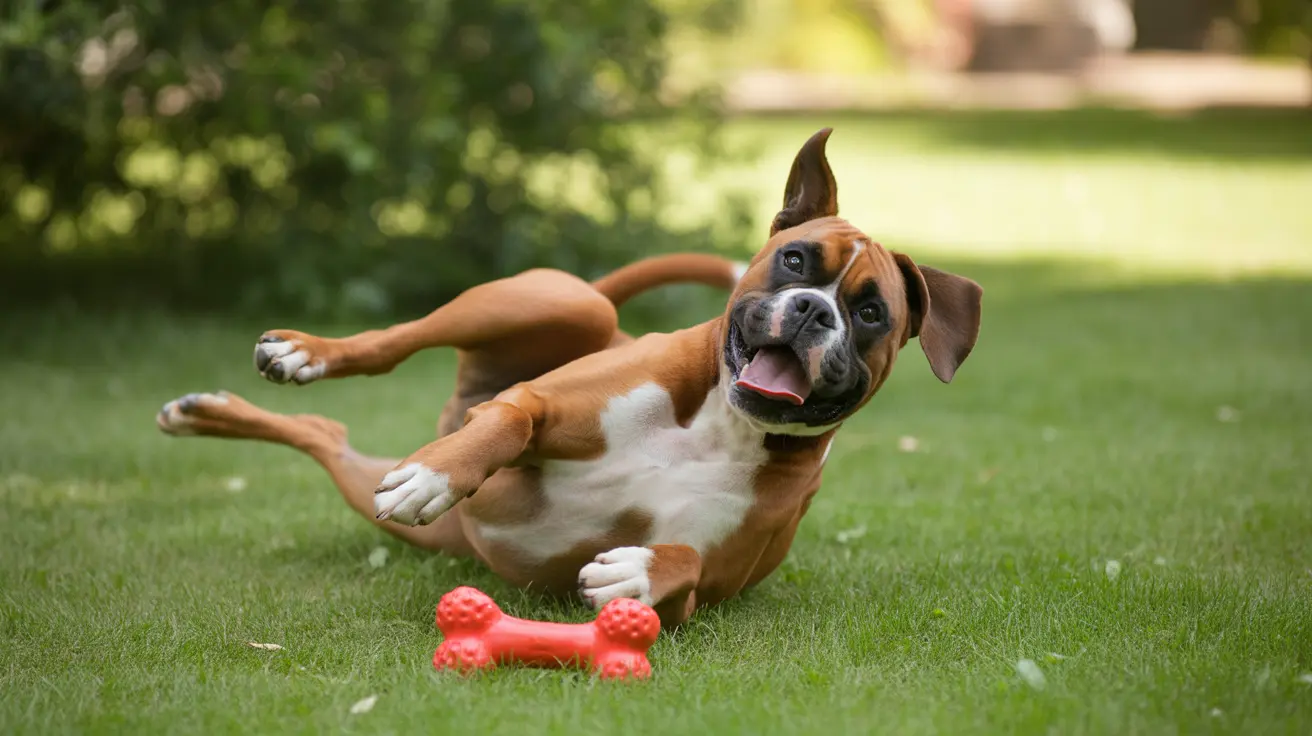Why Dog Trainers Often Advise Against Standard Harnesses
Understanding why dog trainers might not recommend harnesses requires exploring the differences between standard pet harnesses and those used in structured activities like canicross. While a harness can be a safe and humane tool for walking dogs, not all harnesses are created equal—especially when considering dog training and behavior modification.
The Problem with Standard Harnesses
Trainers often encounter problems with conventional harnesses because they:
- Encourage pulling behavior: Many back-clip harnesses actually make it easier and more comfortable for dogs to pull, reinforcing the very behavior owners want to avoid.
- Reduce control: Front-clip or back-clip harnesses can diminish the trainer’s ability to steer or guide the dog effectively during training sessions.
- Interfere with training commands: Harness systems that allow dogs to forge ahead can make training cues less effective, as there's less physical feedback from the leash compared to a collar.
Harnesses in Context: Canicross and Purpose-Built Designs
In the context of canicross, the use of harnesses is not only recommended but essential. However, these are specialized pulling harnesses designed to support the dog’s natural movement and comfort while reducing strain:
- They do not restrict breathing or muscle movement, a critical consideration for safety and performance.
- Bungee leashes connected to waist belts help absorb shock, preventing injuries for both the dog and the runner.
- They foster controlled pulling that aligns with the dog working in tandem with its human partner, guided by verbal cues.
Different Goals, Different Tools
Trainers' reservations stem from the ill-fitting or misused tools rather than harnesses themselves. While traditional harnesses may not aid training, custom gear in sports like canicross works with the dog’s natural behavior to enhance performance and safety.
When Harnesses Are Useful in Training
Harnesses can still have a place in training in specific scenarios:
- Small or brachycephalic breeds prone to tracheal damage may benefit from harnesses that don’t stress the neck.
- Medical conditions such as spinal issues or recent surgery may necessitate harness use for safe movement.
- No-pull harnesses with front clips offer more control and may assist in discouraging pulling with correct usage.
Matching Equipment to Purpose
Trainers assess goals like obedience training, behavior correction, or physical activity when recommending tools. For example, canicross demands a very different gear setup:
- A pulling harness tailored to the dog’s anatomy
- A bungee leash that stretches and cushions abrupt motions
- A waist belt worn low to prevent injury and facilitate smooth guiding
In this context, harnesses are essential—not discouraged. The key lies in choosing harnesses designed for purpose-driven activity and using them in the right circumstances.
Conclusion
Dog trainers may caution against using standard harnesses during basic leash training due to their potential to reinforce undesirable behaviors. However, in structured sports like canicross, specialized harnesses are crucial tools that enhance safety, control, and communication. Ultimately, ensuring the right equipment matches the dog’s activity level and training goals is fundamental for both effective training and long-term well-being.





